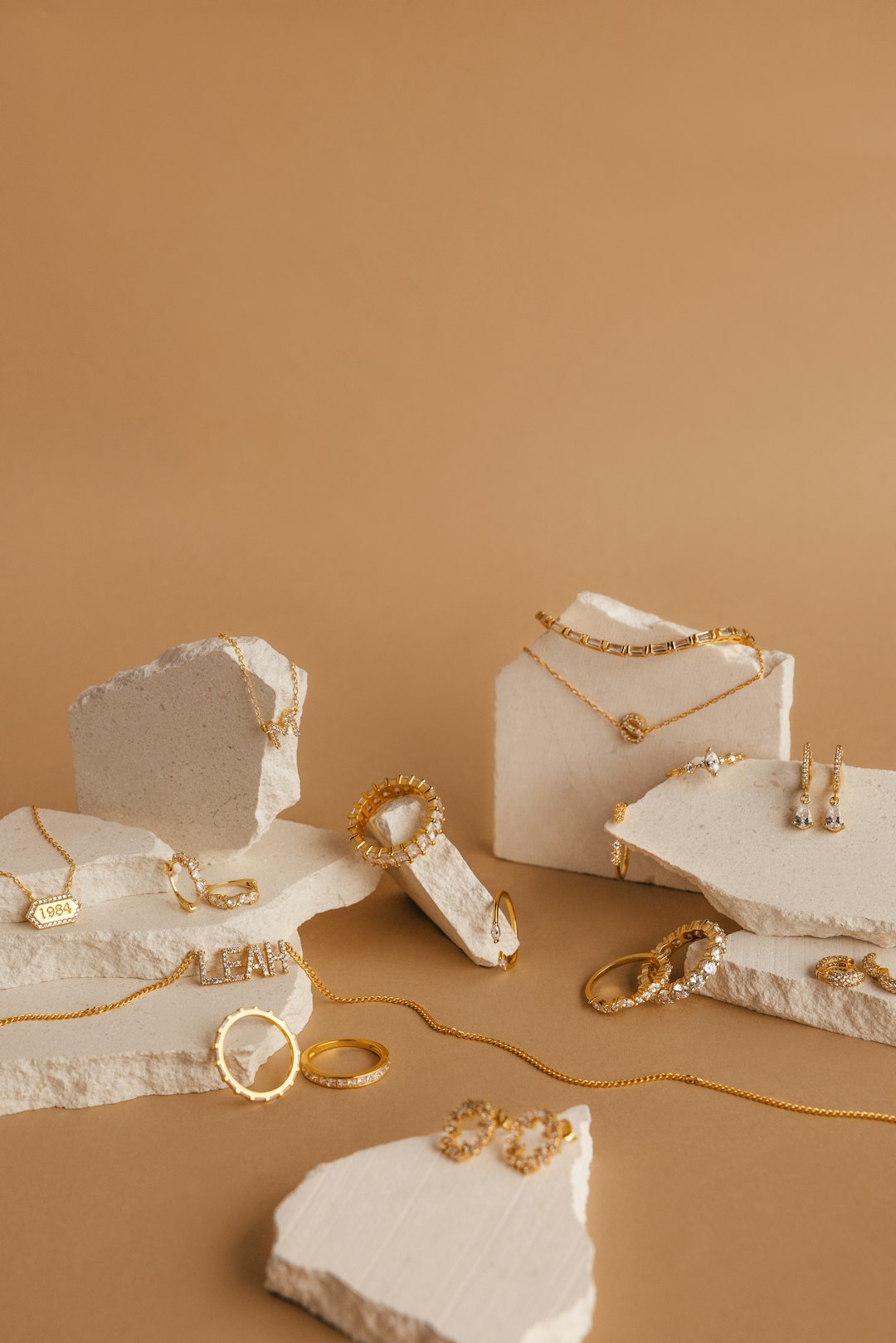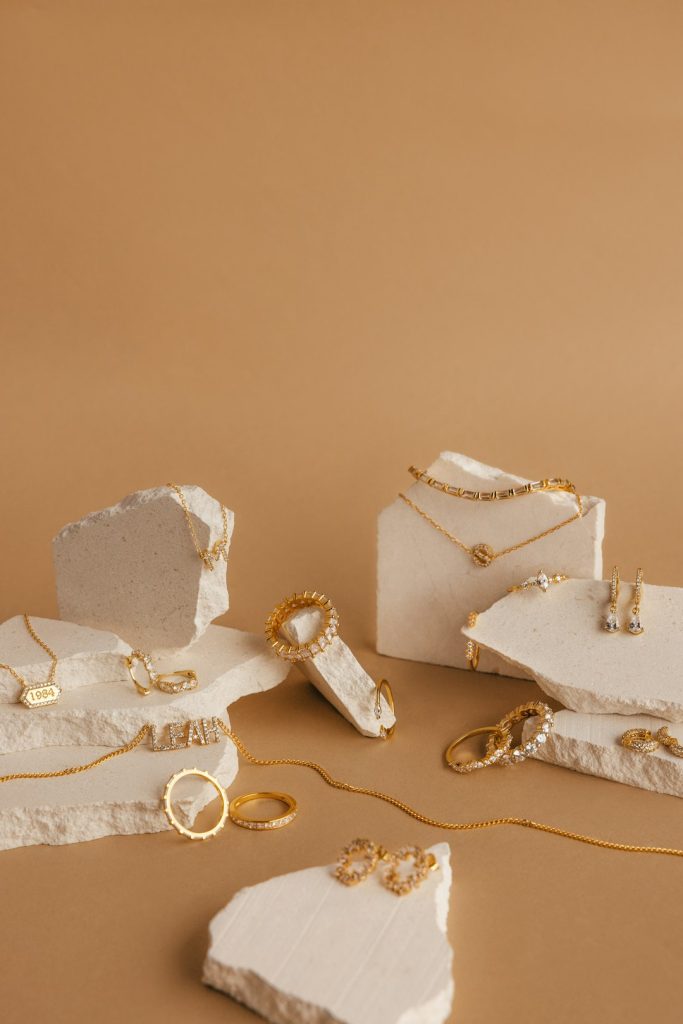Starting a jewelry business can be both creatively rewarding and financially profitable if approached strategically. Whether you’re passionate about handmade pieces or aiming to launch a fine jewelry brand, the path to success requires thoughtful planning, legally sound foundations, and a consistent brand identity. This four-step guide provides a trustworthy roadmap to transform your jewelry-making passion into a legitimate business.
1. Plan and Research Your Jewelry Niche
The jewelry market is diverse, ranging from costume and fashion jewelry to fine and bespoke items. Identifying your target market and niche is the first critical step. Ask yourself the following:
- What type of jewelry will I create or sell? (e.g., handmade, gold, silver, gemstones, etc.)
- Who are my target customers? (e.g., millennials, brides, luxury collectors, etc.)
- What price range does my audience expect?
Once you’ve defined your niche, conduct competitor research. Analyze top players in your segment to understand their branding, pricing strategies, and sales platforms. Use the information to identify gaps you could fill in that market.
Trend analysis is also essential. Stay current with industry news and consumer fashion trends to ensure the longevity and relevance of your designs.

2. Set Up the Legal and Business Framework
Taking your jewelry business seriously from day one means establishing a formal structure that can grow with you. This step ensures your business is protected and compliant:
- Register your business name. Make sure it’s unique and aligned with your brand image.
- Choose a legal structure. Consider forming an LLC (Limited Liability Company) to protect your personal assets.
- Apply for relevant licenses and permits. These vary by location, but common ones include a seller’s permit and business license.
- Set up business banking and accounting systems. Keeping finances separate from the start is crucial for proper bookkeeping and tax compliance.
Consulting a legal or tax professional can help you navigate state-specific regulations and choose the best setup for your expected income and business goals.
3. Create Compelling Products and a Brand Identity
Quality craftsmanship and a unique point-of-view are critical in the jewelry space. Your pieces should reflect a consistent aesthetic that customers can immediately recognize. When designing your collection, consider the following:
- Material selection: Choose stones, metals, and findings that match your brand level (luxury, mid-tier, or budget fashion).
- Production methods: Will you handcraft pieces, outsource manufacturing, or dropship?
- Packaging and presentation: High-end jewelry demands elegant packaging; even handmade items benefit from thoughtful wrapping.
Beyond your product, your branding must be cohesive—this includes your logo, product photography, website design, and even social media voice. Develop a professional-looking website with e-commerce capabilities using platforms like Shopify, Wix, or Squarespace. If you’re not a web designer, investing in expert help may be worthwhile to ensure your site reflects your brand’s value.

4. Market and Sell Your Jewelry
With your products and platforms ready, it’s time to build awareness and drive sales. Successful jewelry businesses use a combination of both online and offline marketing tactics:
- Social media marketing: Leverage Instagram and Pinterest to showcase high-quality visuals of your jewelry. Engage with your followers through stories, reels, and polls.
- SEO and content marketing: Blog posts and optimized product pages can help your website rank higher in search engines.
- Email marketing: Build a subscriber list to launch promotions, announce new collections, and nurture repeat buyers.
- Craft fairs and boutique partnerships: Participate in local events and collaborate with small stores to reach customers who favor in-person shopping.
Consistency is key. Your marketing efforts should clearly communicate what sets your brand apart and why customers should choose you over more established competitors. Regularly track metrics like conversion rates, email open rates, and social media engagement to refine your strategies over time.
Conclusion
Starting a jewelry business is an exciting venture that combines artistry with entrepreneurship. By taking time to research your market, building a solid legal foundation, crafting a compelling brand, and actively marketing your products, you set the stage for sustainability and long-term growth. Treat it as a professional endeavor from the beginning, and you’ll be more equipped to turn creativity into consistent revenue.


